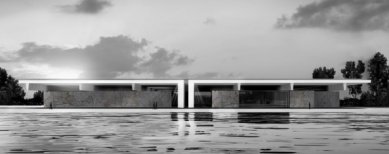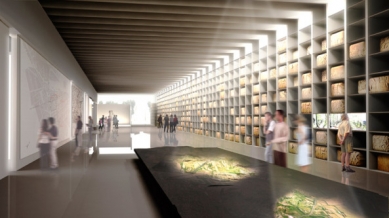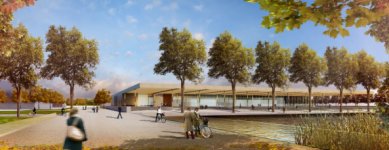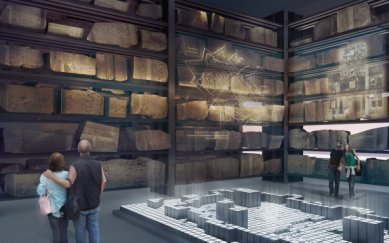
Museum of Roman Culture in Narbonne by Norman Foster
Source
Foster and Partners
Foster and Partners
Publisher
Petr Šmídek
08.06.2012 14:00
Petr Šmídek
08.06.2012 14:00
Lord Norman Foster
Auer Weber Architekten
The history of the port city of Narbonne in the southwest of France dates back to the second century BC, when the Romans established their first provincial trading and administrative center outside the territory of Italy. This prosperous era of the city is commemorated by the Musée de la Romanitée, for which an international competition was announced, and in mid-May, the joint project of the London office Foster + Partners and museum specialist Adrien Garderer won. Among the competitors were several prominent studios that have rich experience in designing museums: David Chipperfield Architects, Auer+Weber+Assoziierte, and Neutelings Riedijk Architects. The winning design is conceived as a flat block that, at a single level, combines exhibition halls with a multimedia center, a library, restoration rooms, and storage areas. The core of the museum will consist of a collection of over a thousand burial slabs that were found near the future museum site. Shelves with excavated fragments will serve as a mosaic separating the publicly accessible areas for visitors from the restoration workspaces while maintaining the possibility of glimpsing the daily activities of scientists and archaeologists.
In side view, the museum resembles two white concrete wings, under which all the collections are hidden. Thanks to its location on the Canal du Midi, the museum aims to create a new entrance to the city while offering a peaceful atmosphere amid nature. In Foster's design for the museum, the composition of French parks is blended with layouts of Roman houses (and one amphitheater for outdoor social events).
More information >
In side view, the museum resembles two white concrete wings, under which all the collections are hidden. Thanks to its location on the Canal du Midi, the museum aims to create a new entrance to the city while offering a peaceful atmosphere amid nature. In Foster's design for the museum, the composition of French parks is blended with layouts of Roman houses (and one amphitheater for outdoor social events).
More information >
The English translation is powered by AI tool. Switch to Czech to view the original text source.




0 comments
add comment









